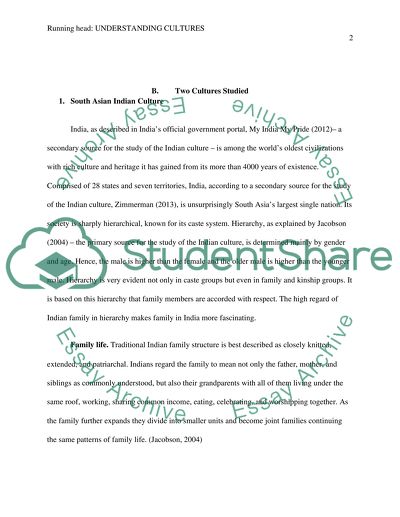Cite this document
(“Schools & Society Research Paper Example | Topics and Well Written Essays - 4000 words”, n.d.)
Retrieved from https://studentshare.org/education/1493867-schools-society
Retrieved from https://studentshare.org/education/1493867-schools-society
(Schools & Society Research Paper Example | Topics and Well Written Essays - 4000 Words)
https://studentshare.org/education/1493867-schools-society.
https://studentshare.org/education/1493867-schools-society.
“Schools & Society Research Paper Example | Topics and Well Written Essays - 4000 Words”, n.d. https://studentshare.org/education/1493867-schools-society.


